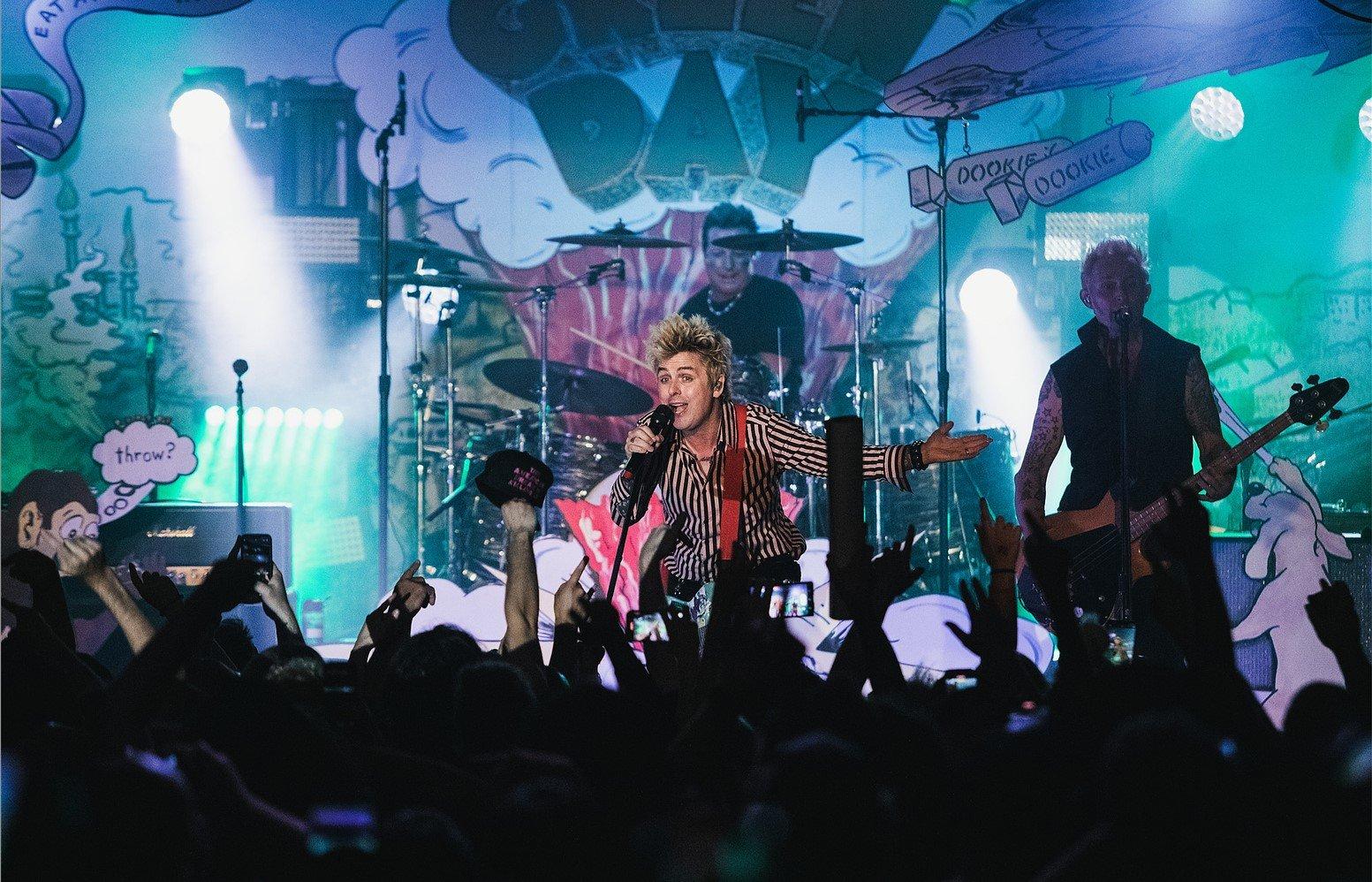In today’s fast-paced corporate landscape, media interactions can make or break an executive’s reputation. With the right media training, executives can confidently convey their message. They can build trust and enhance their company’s image.
Read on to learn twelve corporate media training tips for executives to master media relations and deliver successful interviews.
1. Know Your Audience
Understanding your audience is fundamental to effective communication in media interactions. This means knowing their demographics, interests, and values. It also means anticipating their questions, concerns, and expectations.
Tailoring your message to your audience can boost engagement. It will also ensure your key points are clear. Researching the media outlet and its audience will provide insight.
It will show the best tone and style to use. Then, you can adjust your delivery. These media training tips for executives can help.
2. Be Prepared
Preparation is key to success in media interactions. Before any interview, make sure you have a clear understanding of the topic and relevant information related to it.
A strong media presence requires more than knowing your material. You must also anticipate questions and be ready to answer them confidently.
Try a mock interview or review past ones. They can help you find areas to improve.
Being well-prepared will help you stay calm during the interview. It will let you deliver a strong message that resonates with your audience.
3. Develop Key Messages
Key messages are crucial for effective communication in media interactions. They should be short, catchy statements. They must sum up your view and match your communication goals.
Repeating these messages in the interview will stress their importance. It will also make the audience more likely to remember them. Enhancing media relations means making your point stick.
4. Speak Confidently
One of the best corporate media training tips for executives is to speak with confidence and conviction. This involves maintaining a strong, steady voice and avoiding filler words or phrases such as “um” or “like”.
Your confident delivery will convey authority. It will make your audience trust and respect your message.
Proper breathing techniques can improve your voice in media interactions. They will make it clearer and stronger. A confidence boost can greatly make an effective media presence.
5. Use Body Language Effectively
Nonverbal communication greatly affects how your message is perceived in media interactions. Executives should be mindful of their body language and use it effectively to convey confidence and engagement.
Good posture, eye contact, and hand gestures can improve your delivery. They will make you seem more comfortable in front of the camera. Incorporating these media training tips into your practice can greatly improve your media presence.
6. Listen and Respond Thoughtfully
Effective communication is a two-way street, and this holds true for media interactions as well. Listening attentively to the interviewer’s questions and responding thoughtfully can help build rapport and showcase your understanding of the topic.
Avoid interrupting or talking over the interviewer, and take a moment to gather your thoughts before responding. These media handling techniques demonstrate active listening and can help establish a positive and respectful relationship with the interviewer.
7. Be Authentic
Authenticity is key to building trust in media interactions. Executives should strive to be genuine and sincere when delivering their message. This involves speaking in your own voice and avoiding overly rehearsed or scripted responses.
Being authentic allows for spontaneity and genuine reactions. It makes your message more relatable and engaging to the audience.
If you need some help, be sure to visit The Sunshine Media Network. They can provide media training for executives to help them effectively communicate their authentic message.
8. Stay on Message
It’s easy to get sidetracked or caught up in tangents during media interactions, especially when responding to unexpected questions. However, it’s important to stay focused on your key messages and not let the interviewer steer the conversation off-course.
If you find yourself going off-topic, use bridging statements to redirect the conversation back to your main points. These can include phrases such as “That’s an interesting question, but let me get back to my main point…” or “I’m glad you asked that, but what’s most important for our audience to know is…”. Staying on message will ensure that your key points are effectively communicated and remembered by the audience.
9. Be Mindful of Time
In media interactions, time is limited, and it’s important to make the most of every second. Executives should be mindful of their speaking pace and avoid rambling or going off-topic for too long.
If you have a set time for the interview, plan your responses. Make sure to cover all your key points before time runs out. These media training tips can help you make the most out of your allotted time and deliver a successful interview.
10. Be Prepared for Difficult Questions
Media interactions may involve challenging or unexpected questions, and executives must be prepared to handle them confidently. Anticipate tough questions. Have a plan to respond calmly.
Remember to stay calm, listen carefully, and respond thoughtfully while staying true to your key messages. Difficult questions can show your expertise.
They let you prove you can handle tough situations with poise. Practicing with mock interviews can also help prepare you for handling difficult questions during actual media interactions.
11. Be Gracious
Thanking the interviewer and expressing gratitude for the opportunity to share your message is important in media interactions. This not only shows respect and professionalism but also leaves a positive impression on the interviewer and audience.
After the interview, be sure to follow up with a thank-you note or email, reiterating key points and providing any additional information that may have been missed during the interview. A gracious attitude can go a long way in building strong media relations and leaving a lasting impact.
12. Continuously Improve
Media training for executives should be an ongoing process of learning and improvement. After each media interaction, take time to reflect on what went well and areas for improvement.
Seek feedback from peers or media professionals to gain insight into your strengths and weaknesses. Remember, effective communication is a continuous journey, and there is always room for growth and improvement.
Learning Essential Corporate Media Training Tips
Mastering media relations as an executive requires preparation, practice, and continuous improvement. By implementing these twelve corporate media training tips, executives can confidently navigate media interactions. With the right skills and approach, executives can make a positive impact through successful media interactions that enhance their company’s image and reputation.
If you enjoyed this article and would like to read more like it, please check out the rest of our blog today.









